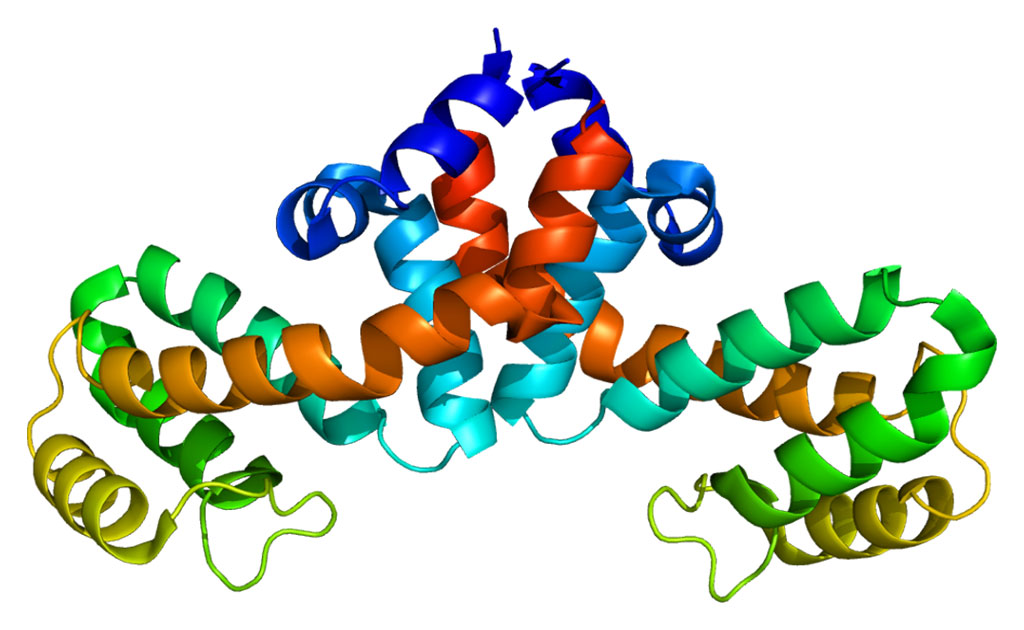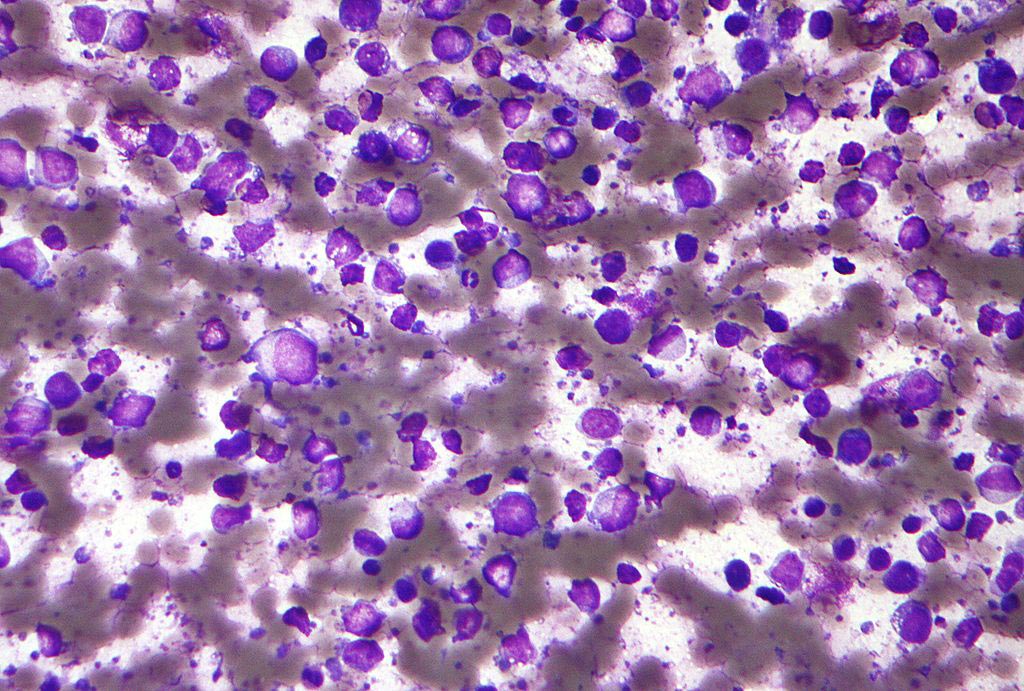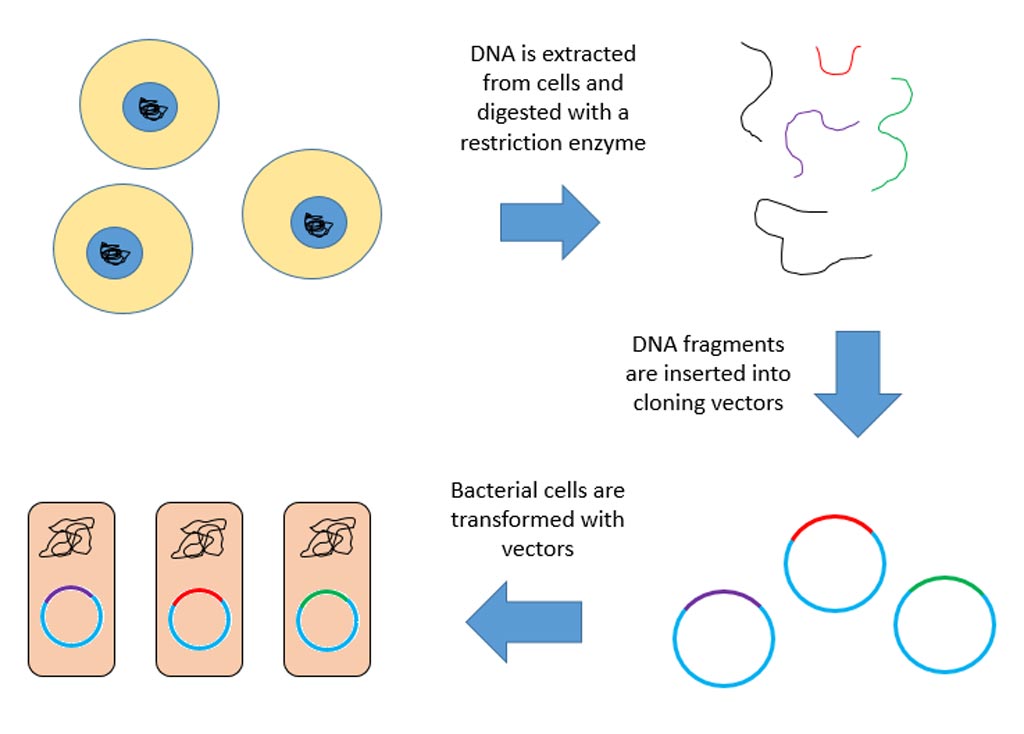Breast Cancer Metastasis Linked to the Structural Protein Palladin
By LabMedica International staff writers
Posted on 24 Nov 2008
Cancer researchers have found that the ability of breast cancer cells to metastasize is linked to the overexpression of a membrane structural protein called palladin.Posted on 24 Nov 2008
Investigators at the University of North Carolina (Chapel Hill, USA) have been studying the role of palladin in the growth and spread of cancer cells since its discovery about eight years ago.
In the current paper published in the November 3, 2008, online edition of the journal Oncogene, the investigators reported on the outcome of experiments where normal cells, non-invasive cancer cells, and invasive cancer cells were tested in special growth chambers that required the cells to degrade and migrate through a filter coated with a layer of artificial connective tissue. They found that the ability to migrate through the tissue membrane depended on the cell's level of palladin expression. Palladin was expressed at higher overall levels in tumors compared with benign breast tissue, and was expressed significantly higher in four invasive breast cancer cell lines than in the non-invasive cells lines. Additionally, they found that palladin played a key role in the formation of podosomes, actin-rich structures that function in adhesion and matrix degradation, and have been found in many invasive cell types.
Cells that had been genetically engineered to lack the gene for palladin demonstrated decreased podosome formation and a significant reduction in migration and invasive motility. Palladin overexpression induced podosome formation in non-invasive MCF7 cells, which were otherwise unable to form podosomes, suggesting that palladin played a critical role in the assembly of podosomes.
"This study shows that palladin may play an important role in the metastasis of breast cancer cells as they move out of the tumor and into the blood vessels and lymphatics to spread throughout the body,” said senior author Dr. Carol Otey, associate professor of cell and molecular physiology at the University of North Carolina. "To really make breast cancer a treatable disease, we have to be able to find a way to prevent or reduce the amount of metastasis. Now that we see palladin is expressed mostly in invasive cells, it raises the question as to whether it might be useful as a prognostic marker. Maybe someday doctors could test for the presence of palladin to identify patients who have the most aggressive tumors, then give those patients personalized, more aggressive treatment.”
Related Links:
University of North Carolina







 Analyzer.jpg)






